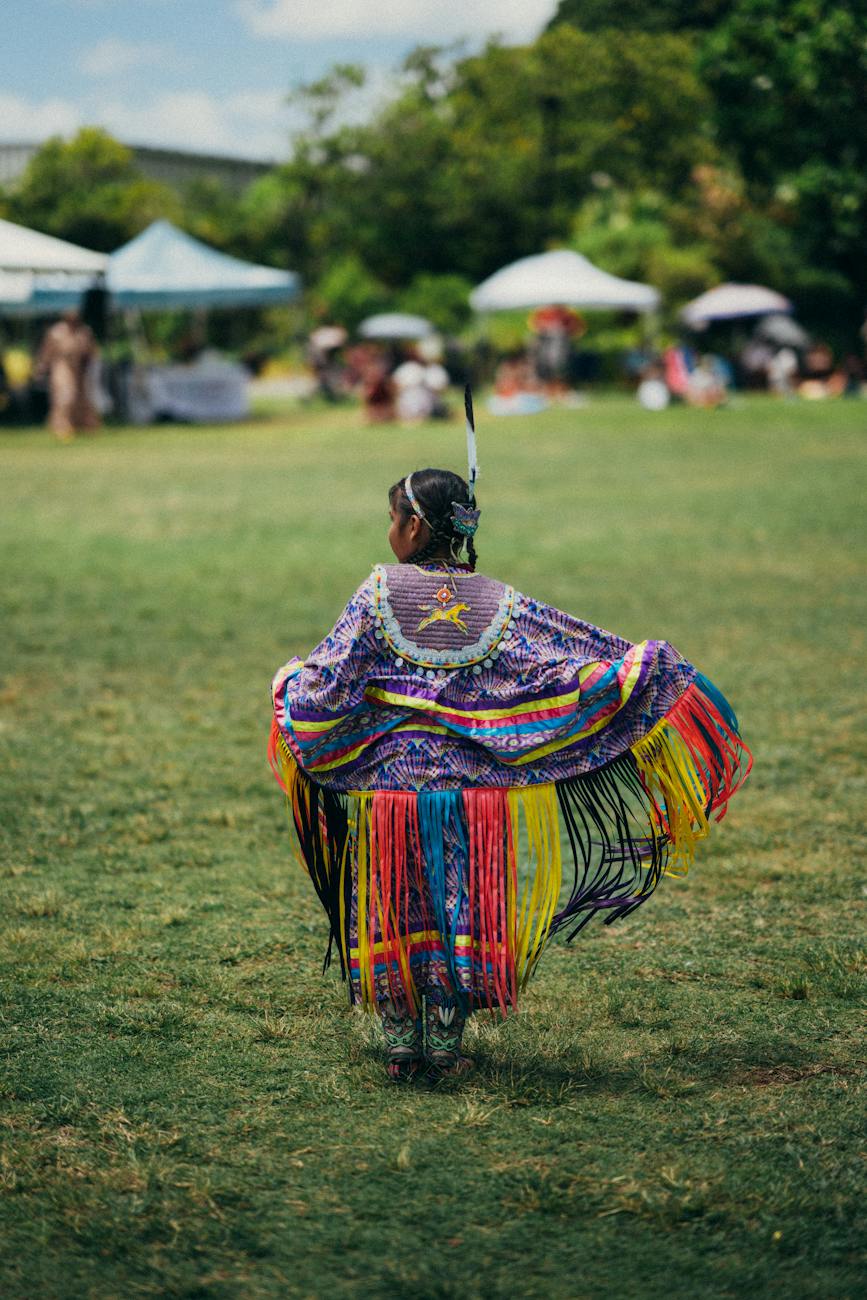Angeline Boulley’s Firekeeper’s Daughter is about a young adult navigating her place in an upper-midwest Ojibwe tribe while pursuing justice among its members. The main character, Daunis, is already caught between two worlds before being recruited as an informant for the CIA—her mother is from a rich family with French roots, and her deceased father is from the Ojibwe Sugar Island tribe.
I loved this book because of the unexpected twists, detailed descriptions of time spent enjoying fitness (the author must have been a runner for how she describes running), and insider’s view on tribal traditions.
A fair criticism is that Daunis doesn’t have to experience all of the bad things (specifically a rape scene) for the story to work. I agree, but after reading the author’s afterward, I think Boulley included the scene to make a point about sexual violence being an alarmingly common experience for women with Native American ancestry. The event also allowed Daunis to participate in traditions she had been denied earlier, which ties into the arc of Daunis coming into her identity as a tribe member.
A world of its own
Boulley came up with the idea for Firekeeper’s Daughter when she was in high school. However, she didn’t finish writing the novel until decades later, well into her career and life. The fact that this story marinated for so long before being written explains its well-earned appeal.
I’m simultaneously reading On Writing (and Writers) by C.S. Lewis. His review of J.R.R Tolkien’s The Hobbit had an idea that applied well to this book. He writes that The Hobbit has “a world of its own—a world that seems to have been going on before we stumbled into it but which, once found by the right reader, becomes indispensable to him (p.167).”1
Boulley builds the rich setting for her story on the traditions, people, and memories from her life as a member of an Ojibwe tribe. This is very different than a novel written by an outsider who researched Ojibwe traditions. The fun bits (the action, romance, humor) are there, but the greater truths are much richer. It’s like sipping broth from Tom Kha Gai (Thai coconut chicken soup) vs. instant ramen. Both are soups with flavor, but one has layers of richness the other will never achieve.
My favorite character in this book is not the bad-ass Auntie, loveable Grandma June, or brave Daunis. It’s the Sugar Island Ojibwe tribe. Boulley’s “world” seemed to have been going long before I (the reader) found it, just like Tolkien’s Middle Earth, and it feels like it is still going once the final page has been turned.
Wisdom is not bestowed
One of the deeper truths Boulley uncovers with her story is how wisdom develops. While aiding the CIA in investigating a new, highly-addictive kind of meth suspected of being made in her community, Daunis finds out things she’d preferred to have not known. Daunis says:
Nibwaakaawin. Auntie told me the translation, breaking down each part of the word so it made perfect sense: To be wise is to live with an abundance of sight. My whole life I’ve wanted to be like my aunt. The way a person dreams about being a ballerina, but not of broken toes and years of practice. I wanted to be strong and wise Nish kwe, never considering how the abundance of sight would be earned. […] Wisdom is not bestowed. In its raw state, it is the heartbreak of knowing things you wish you didn’t (p.392-393).2
This quote is a great example of how Daunis uses her culture to interpret the world around her. I agree with Daunis. Unfortunately, the difficult parts of life (losses, failures, embarrassments, letdowns) offer so much more to learn than the happy moments. An abundance of sight is earned, and not without scars or pain.
A delicate balance
Boulley’s story celebrates Ojibwe traditions without ignoring the bad stuff happening in tribal areas. Daunis never doubted her connection to her tribe throughout the novel, but her CIA connections don’t understand what the tribe meant to her. Daunis says,
It gnaws at me, the way they want bad stuff without knowing the good stuff too. ‘It’s like…you haven’t earned our stories,’ I say (p.217).2
It’s easy to focus on the romantic version of Native Americans roaming the great plains, weaving baskets along the great lakes or carving cave houses in the southwest. And it’s easy to pivot to the very unromantic story of poverty and addiction resulting from the unfair systems thrust upon them. But there is an in-between where traditions are revered without denying this complicated history. FireKeeper’s Daughter manages the in-between.
1Lewis, C.S. On Writing (and Writers). HarperCollins, 2022.
2Boulley, Angeline. Firekeeper’s Daughter. Henry Holt and Company, 2021.
